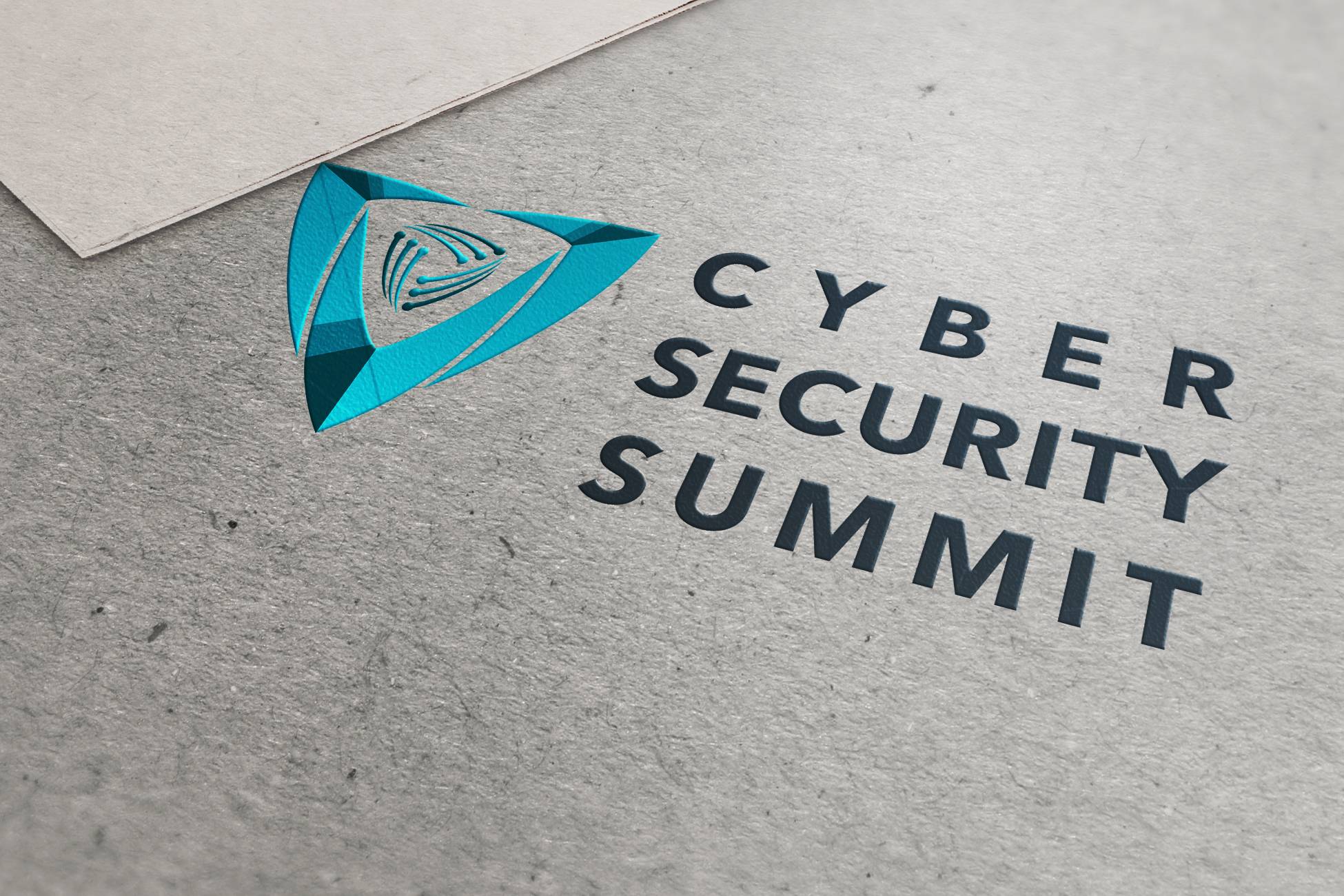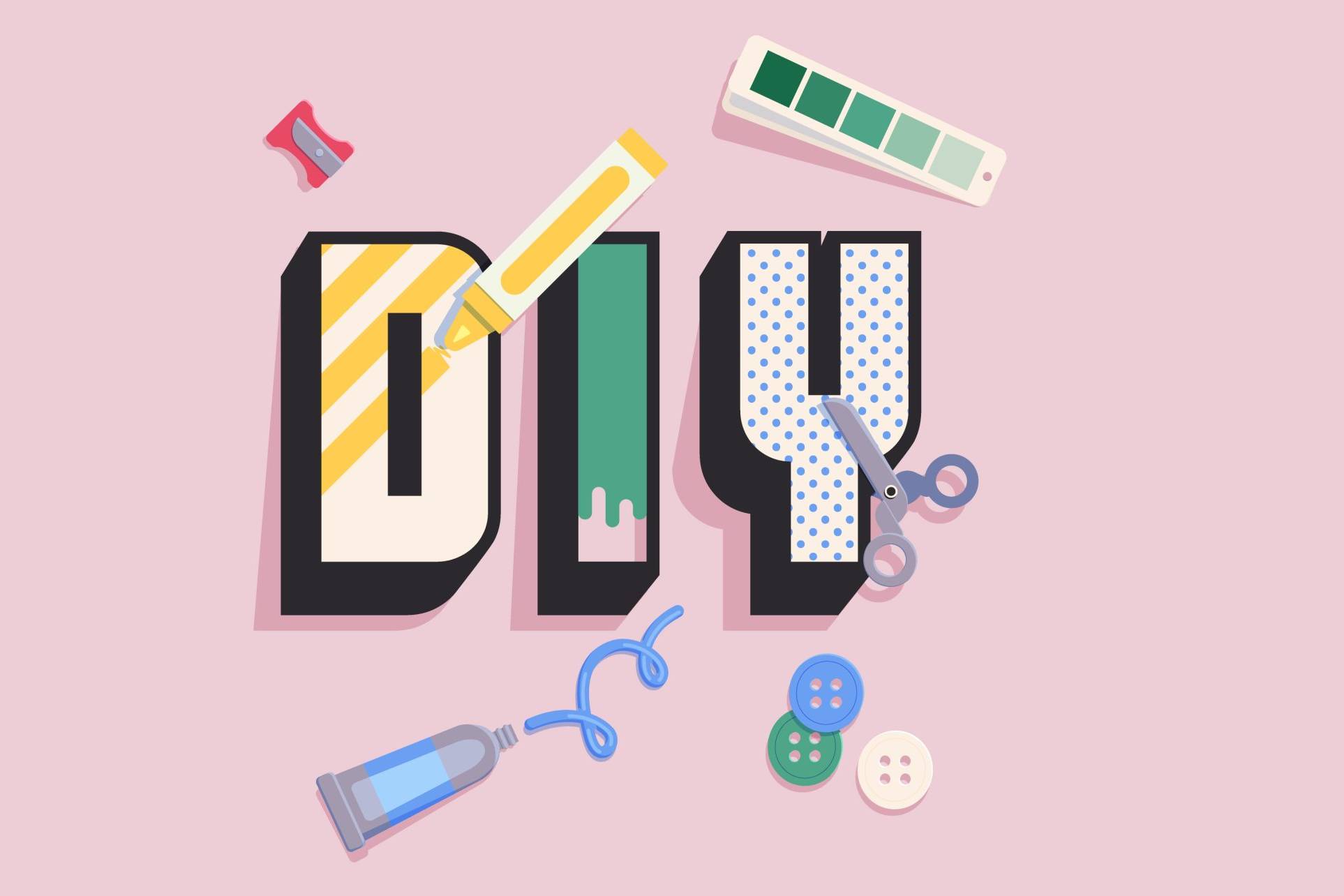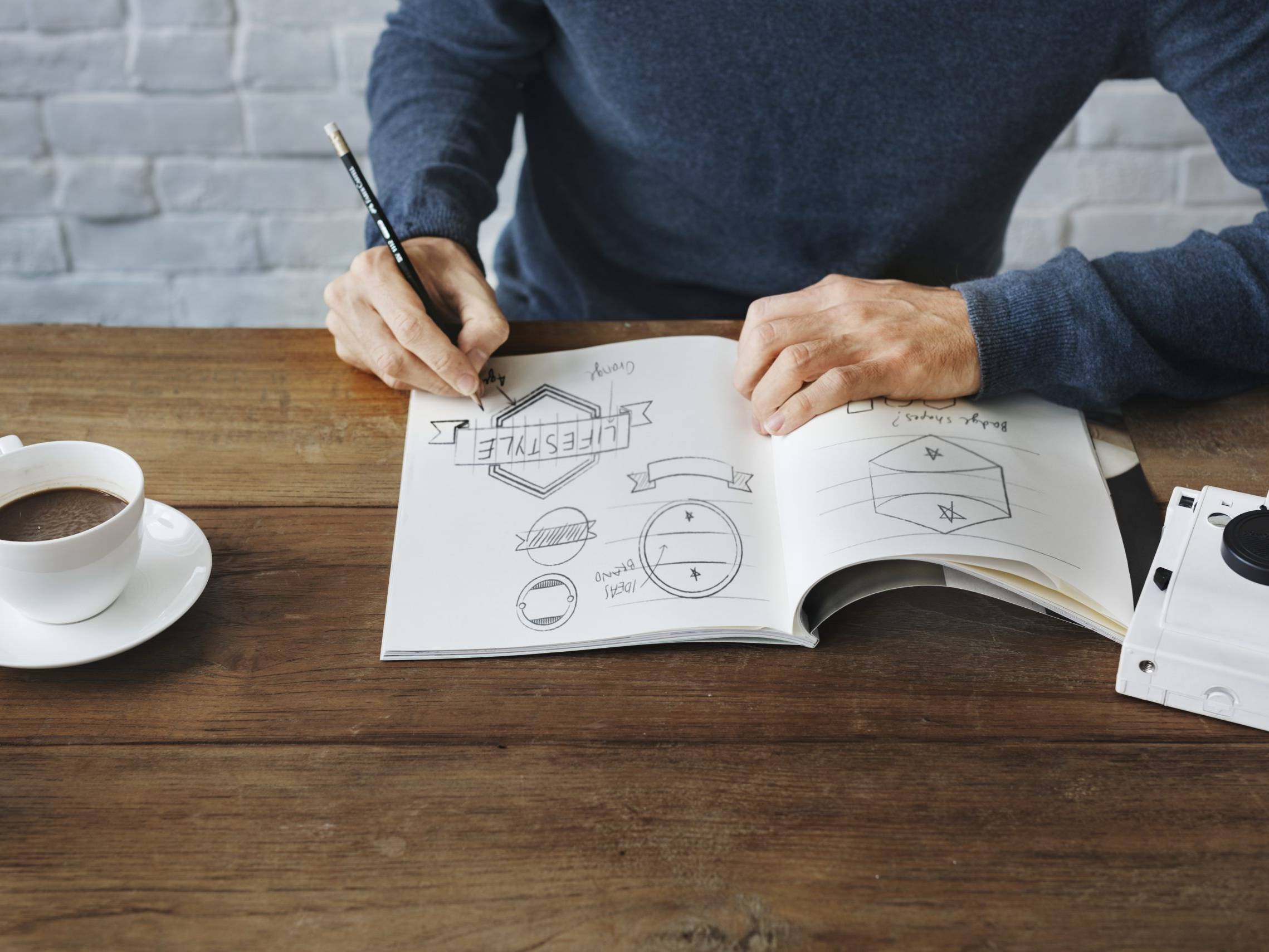Creating a unique and captivating logo is a journey filled with creativity and dedication. However, what happens when you realise, towards the end of the process, that your masterpiece bears an unexpected resemblance to another design? Panic may set in, but fear not – there are strategic measures you can employ to navigate these challenges without compromising your brand’s identity. This comprehensive guide delves deep into the nuances of dealing with logo similarities, offering a roadmap for designers to overcome these hurdles.
Creating a unique design automatically gives it some copyright protection, even without registration. Copyright applies more to artistic work than names, and trademarks are better for protecting company names and taglines.
It’s a good idea to add a copyright symbol to logos to indicate protection, although it’s automatically copyrighted upon creation. For example, you can include the © symbol in the lower or upper right-hand corner of a logo.
You can also officially register copyright, which is necessary if you want to take legal action in the United States. Registered trademarks provide the best protection against theft but require payment and application through the United States Patent and Trademark Office (USPTO) or a relevant office in your country.
Trademark protection is country-specific, so registering in one country doesn’t cover others. International companies typically register trademarks in key countries where they operate.
Understanding the Global Logo Landscape
In today’s oversaturated market, logos often inadvertently share similarities. Take Airbnb’s emblem, established in 2014, which has weathered comparisons with various corporations over the years. This scenario exemplifies the challenges designers face in crafting truly unique symbols in a world flooded with visual identities. It’s essential to recognise that the global marketplace is teeming with logos, making it crucial for designers to tread carefully to avoid unintentional overlaps.
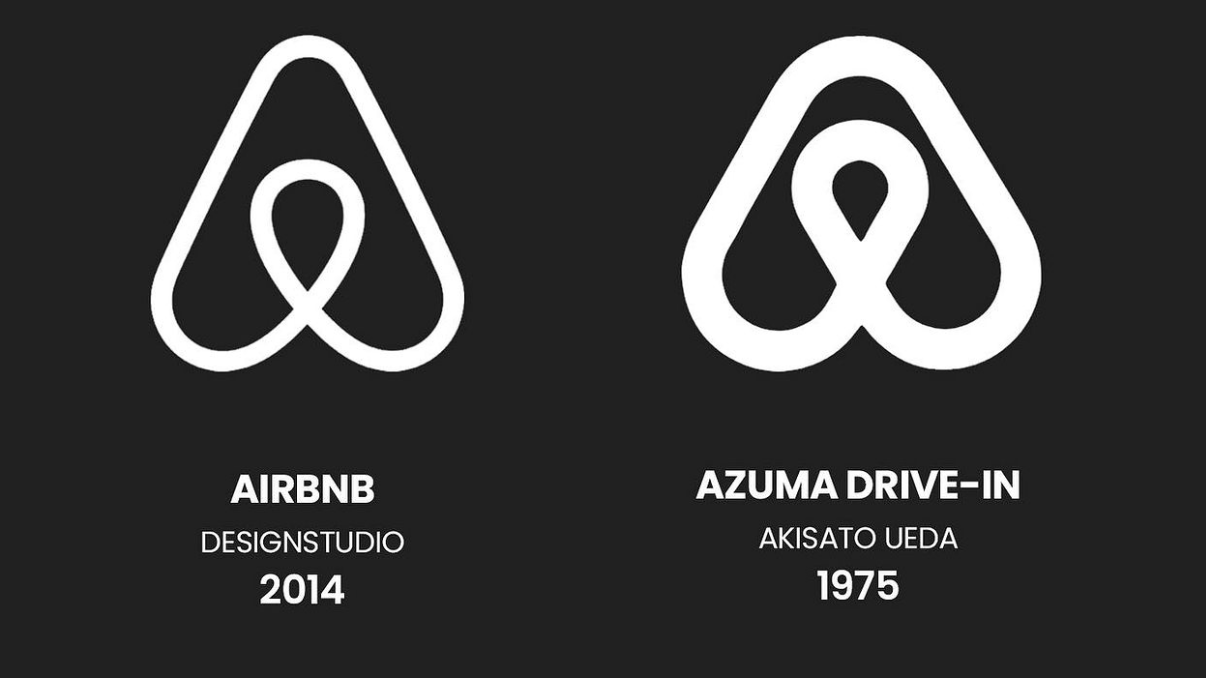
Strategies for Logo Similarity Woes
The knee-jerk reaction to logo similarities might be to scrap the design entirely, but that’s not always necessary. Before resorting to drastic measures, explore alternative solutions. In many instances, a strategic patch-job or a small redesign can be sufficient to address complaints without starting from scratch – a move generally deemed the worst-case scenario. It’s about finding a delicate balance between preserving the essence of your design and addressing concerns raised by potential similarities.
The untrained eye of the average consumer poses a potential threat to your logo, as it may inadvertently draw you into the competitive arena with well-established brands. In such scenarios, startups face the risk of being overshadowed or adversely impacted by more seasoned counterparts. The business landscape can be unforgiving, reminiscent of a dog-eat-dog world where emerging entities must navigate carefully to avoid being overshadowed or adversely affected by their more established peers.
Leveraging Fact-Checking Tools
Deploying plagiarism checkers becomes crucial in identifying potential similarities and safeguarding your creative work. Your starting point for research should be the Global Brand Database. Tools like Google’s Reverse Image Search and specialised engines such as TinEye for corporate image searches can be instrumental in preventing unintentional similarities. By incorporating these tools into your design process, you not only protect your work but also contribute to the overall integrity of the design community.

Facing Legal Challenges Head-On
In the event of potential legal action due to logo similarities, it’s essential to assess your chances of prevailing in such a scenario. Understand how established companies perceive your logo; threats of confusion and service undermining may lead to legal repercussions. Align your mindset with that of other corporations to anticipate potential legal actions. This proactive approach is vital to safeguard your intellectual property and mitigate risks. In contemplating a path of persistence, two pivotal questions come to the forefront:
1.Are the two logos affiliated with the same business? If they operate under distinct domains, a similar logo design might not inflict significant harm on another company. For instance, the logos of SEGA and CNN share a similar font but differ in colour scheme, yet pose no issue as both are trademarked for disparate services, minimising the risk of consumer confusion.
2. If the answer to the first question is affirmative, do the companies operate within the same country? Many assert that concerns over logo similarities are often alleviated if the companies are situated in different regions. A case in point is the 2007 legal dispute between Starbucks and Starpreya, where Starbucks failed to shut down Starpreya’s trademark in Korea because Starbucks was not as widely recognized in that specific region. Regional distinctions can play a significant role in mitigating potential legal conflicts arising from similar logo designs.
Pressing Restart and Legal Precautions
While restarting the logo design is an option, it’s not the only one. Consider a small redesign, a form of “damage control” that addresses the specific elements causing concern. However, always seek legal counsel before publishing to ensure that your intellectual property is adequately protected. The role of legal professionals in guiding designers through these challenges cannot be overstated, providing a crucial layer of protection for your creative endeavours.
Regardless of whether you opt for a fresh start or choose to persist with the existing logo, both paths necessitate the involvement of a lawyer before any public announcements are made. Emphasizing the importance of your brand as intellectual property, crafted through a combination of creativity and diligent effort, it is crucial to avoid the risk of seeing the results of your hard work compromised by unforeseen challenges. Partnering with a lawyer ensures that the chosen logo design receives comprehensive protection against potential imitators and opposition.
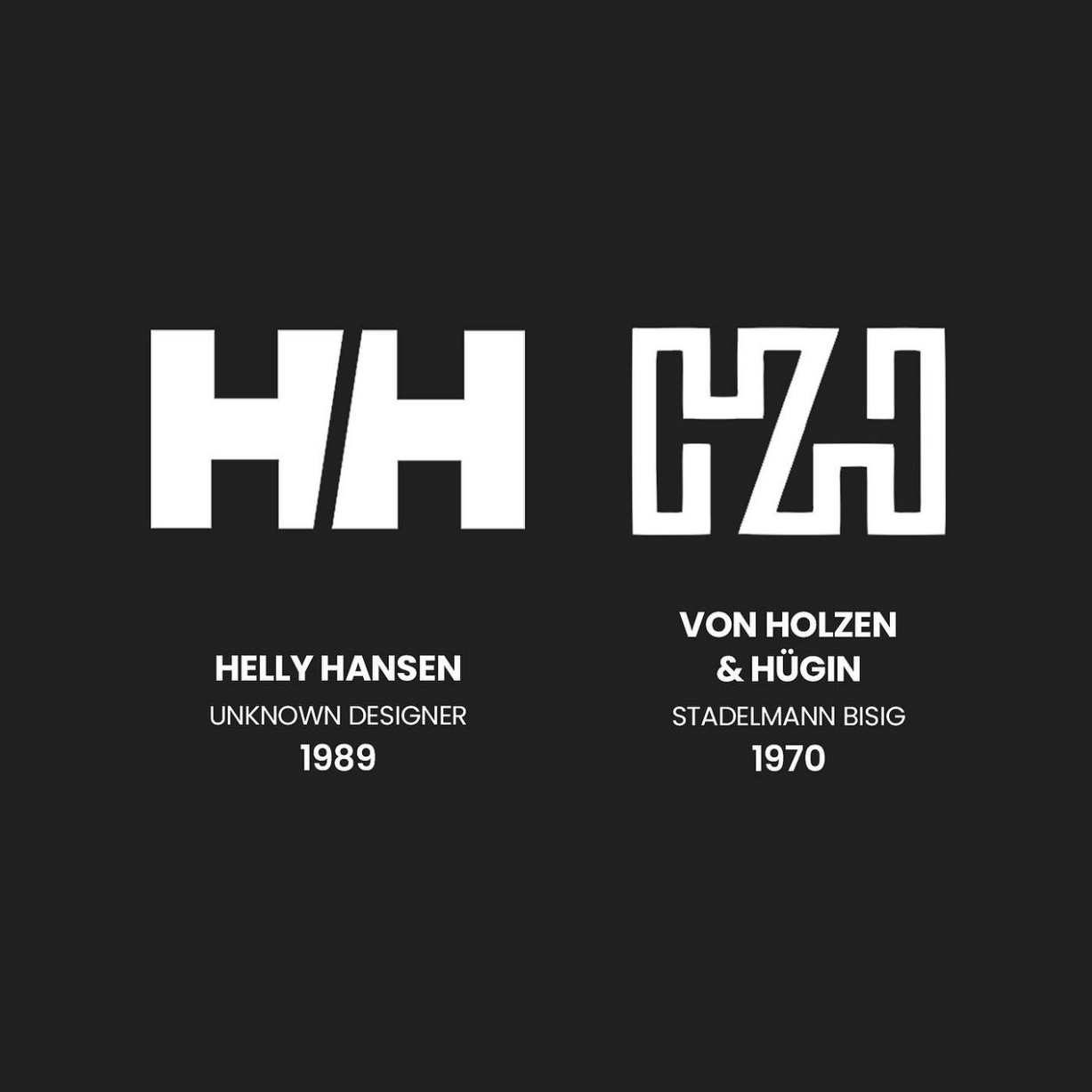
Navigating Potential Legal Pitfalls
To navigate potential legal pitfalls, familiarise yourself with trademark laws and explore exceptions like Fair Use. Understand the straightforward U.S. Trademark filing process, including searching for your trademark name in advance, filling out paperwork through the United States Patent and Trademark Office (USPTO), and responding to any issues presented by the USPTO attorney. By taking a proactive approach to legal considerations, designers can ensure their creative efforts are shielded from legal challenges.
The looming threat of infringement is particularly daunting for any startup venture. The primary objective of a startup is to carve out a distinctive brand identity that sets it apart within its industry. The prospect of losing hard-earned assets due to the unfair use of another company’s intellectual property is a formidable concern. It is imperative to take a closer look at the legal consequences associated with infringement and the potential implications it holds for the future of that company.
Consequences of Trademark Infringement
Trademark infringement can have severe consequences. Trademark owners can issue cease and desist orders, demanding cessation and seeking damages. The penalties may range from compensation based on profits gained from the infringement to covering the owner’s losses, sometimes reaching substantial figures. Ignorance is not a defensible stance, and legal actions can have lasting impacts on a business. Understanding these consequences is paramount for designers navigating the complex landscape of intellectual property protection.
Certain exceptions exist to mitigate these penalties, primarily under the umbrella of the Fair Use principle. This principle introduces specific loopholes for the intellectual property (I.P.) use of another company. Examples of such exemptions encompass scenarios where the work is employed for parody purposes or is reported in the news. The usage is generally deemed acceptable, provided that it does not result in monetary gain from their work or inflict disruption upon their brand. Understanding and adhering to these exceptions is crucial for navigating the nuanced terrain of intellectual property law and ensuring compliance while engaging with the creative output of other entities.
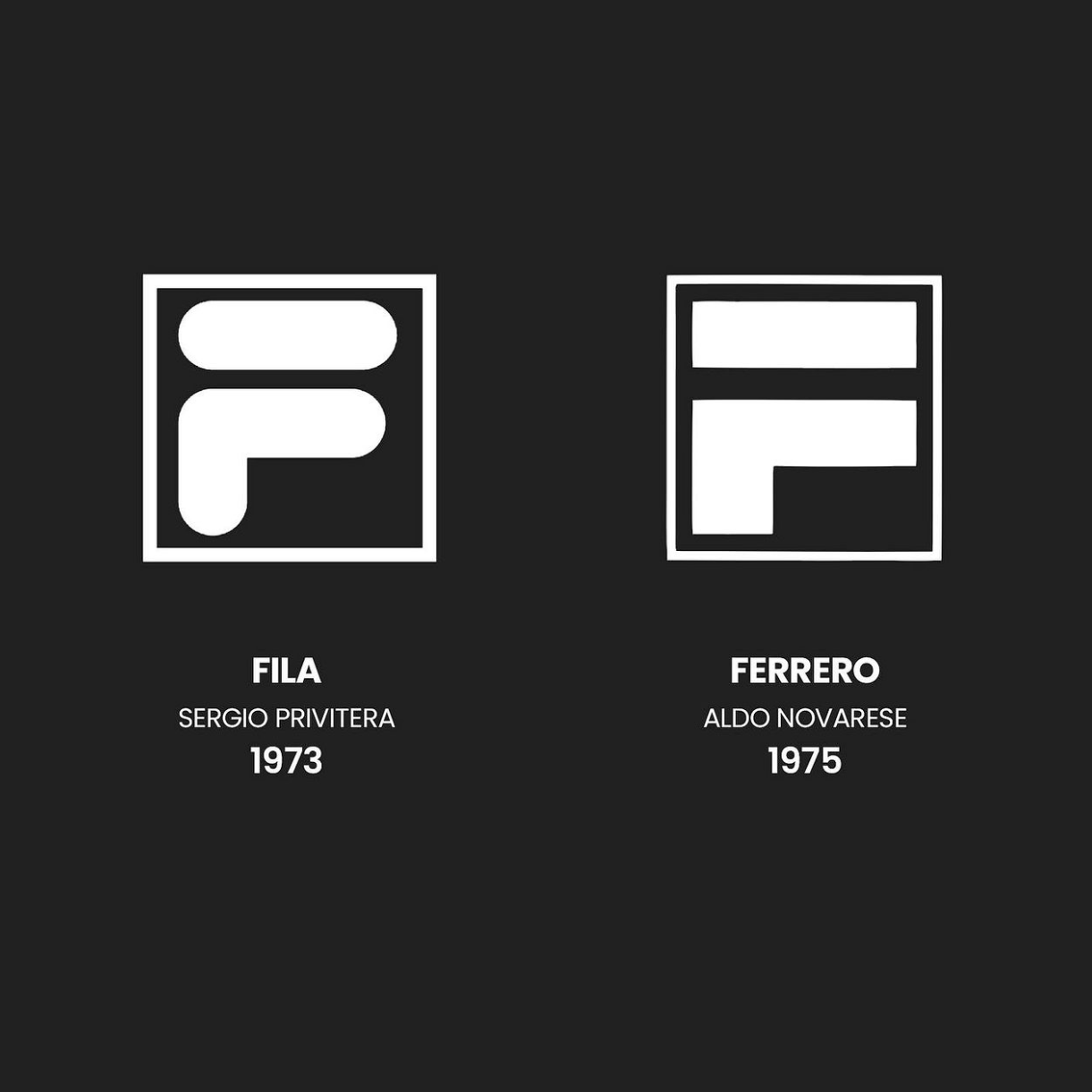
Final Thoughts on Legal Considerations
Despite the accessibility of graphic designing tools, the risk of inadvertently creating a similar logo is ever-present. Consulting with legal professionals ensures that your brand’s intellectual property is adequately protected, and you can navigate the intricate landscape of trademark laws and regulations. This collaboration between creative minds and legal experts is a cornerstone in building a sustainable and legally resilient brand identity.
The conclusion is pretty clear: the potential risks far outweigh any conceivable rewards. While monetary compensation for your efforts may offer temporary sustenance, it remains insufficient in the face of potential legal repercussions. Whether inadvertently or through oversight, it is imperative to undertake precautionary measures to avert the possibility of facing legal complaints from competing entities. In the eventuality of exposure, one must be prepared to embark on the daunting task of seeking alternative career paths.The trust and reputation of a business suffer greatly when it is perceived as unable to thrive without resorting to deceptive practices, making it challenging to secure partnerships and collaborations in the future.
The Importance of a Unique Logo
A logo serves as a visual memory for consumers, reflecting the essence of a brand in an instantly recognisable symbol. Striving for simplicity, distinctiveness, and uniqueness is crucial not only for creating a memorable brand identity but also for avoiding potential legal troubles associated with logo similarities. The global marketplace demands logos that stand out, and designers play a pivotal role in contributing to a vibrant and diverse landscape of visual identities.
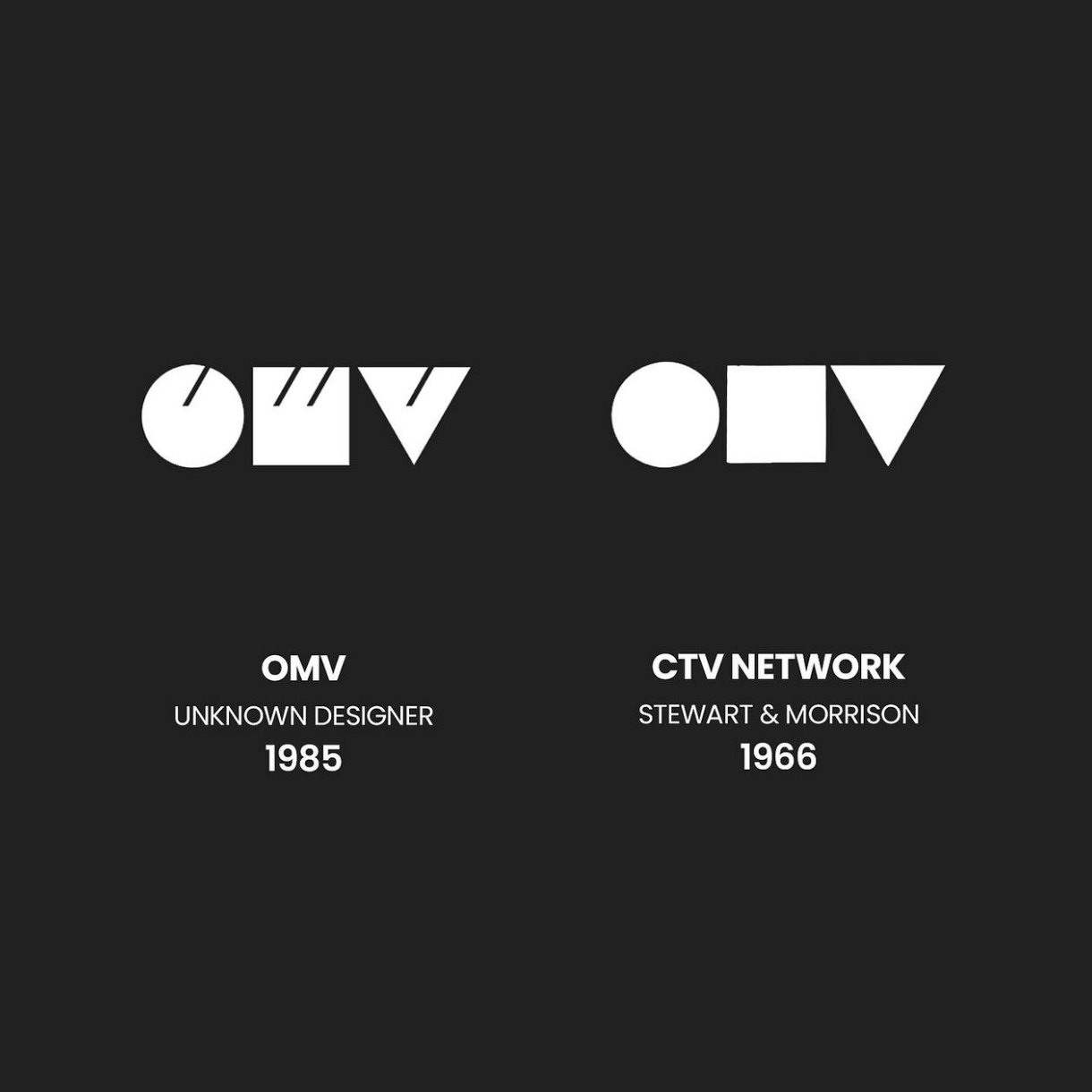
Why Should You Use a Unique Logo?
A business logo is an essential tool as it communicates quality, value, and business ownership. It serves as a visual memory for people when they imagine your product and company name. Creating a unique and unused logo is crucial for building a solid first impression and establishing a distinct identity for your company.
While it might be tempting to consider a logo similar to a big company’s to increase curiosity, it’s a risky move that could lead to legal trouble. A logo is a form of indirect communication that reflects the credibility of the company. A different logo helps avoid photo piracy and lawsuits, contributing to a strong and unique brand identity.
A good logo should align with your industry, be simple, and different from others. It should have precise and aligned typography, a not-too-flashy colour scheme, a strong visual element symbolising quality, and simplicity for better memorability.
For further reading check-out my other post on ‘My approach to designing a logo‘. It is important to understand what it is a client gets from a personal and unique design approach:
– Brand depth and story
– Brand recognition
– Credibility and trust
– A place in the market
– Memorability
– Community building
– Target marketing
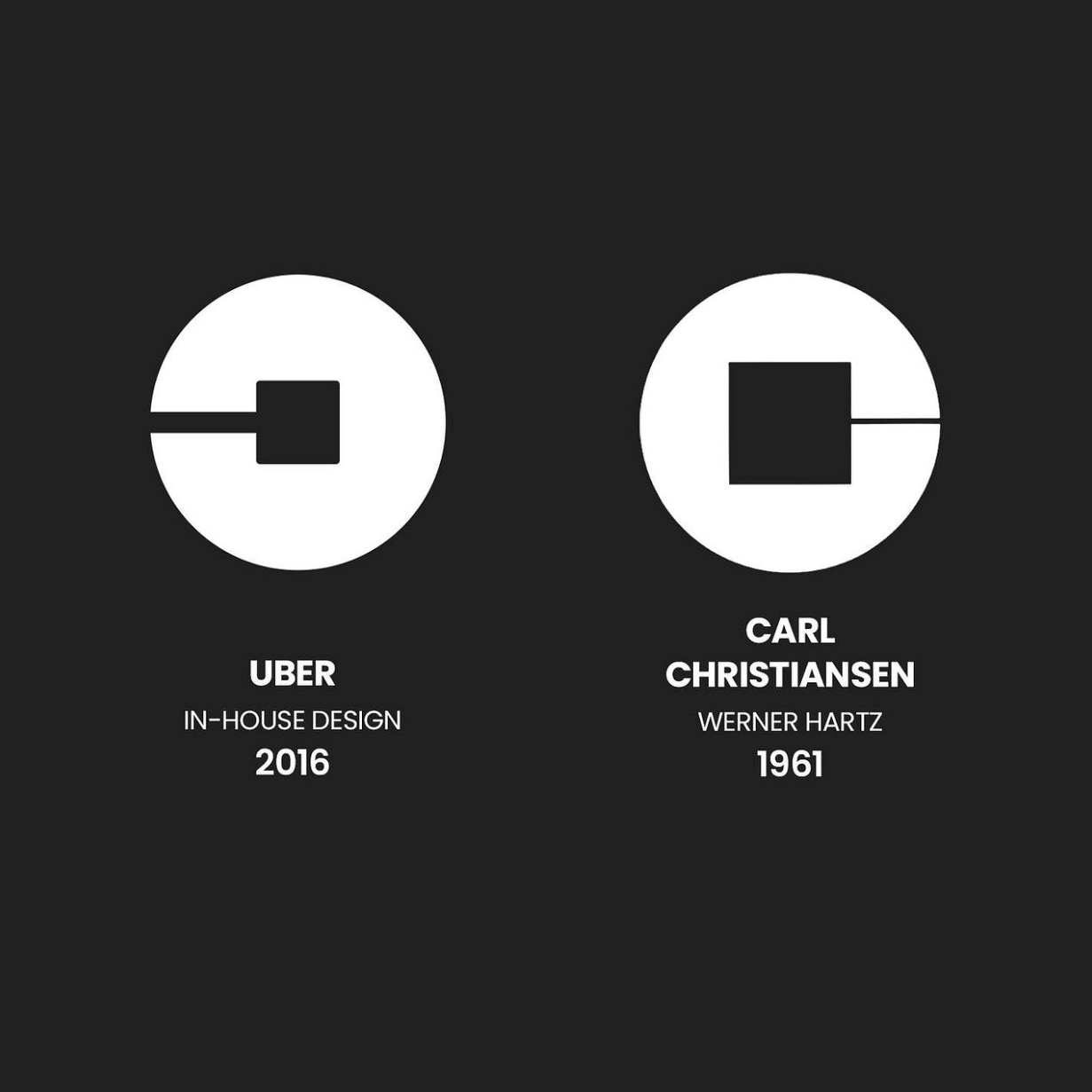
In conclusion, the ease of access to graphic designing tools has led to an over-saturation of logos in the marketplace. While creativity is a valuable asset, it’s crucial to take necessary precautions to avoid legal issues with competitors. Your logo is the lifeblood of your brand, and protecting it through legal means ensures sustained marketability and success in today’s competitive market.

Related Posts
May 4, 2025
Case Study: Cherish Visual Identity
Step-by-step walkthrough of the Visual identity crafting for Cherish Visual…
April 28, 2024
Case Study: CyberSecurity Summit Visual Identity
Step-by-step walkthrough of the Visual identity crafting for CyberSecurity…
March 25, 2024
Free DIY Logos and Why They’re Bad for Business
The allure of taking the DIY route may seem like a cost-effective and rapid…

